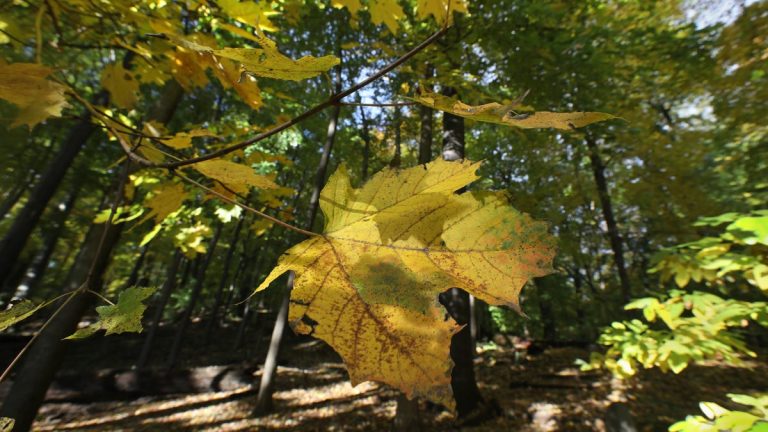Washington Grove Park in Rochester, New York
This year the entrance to the park was renovated.
Robert Bell, Rochester Democrat and Chronicle
The City of Rochester formally adopted a new Urban Forest Master Plan last month, fulfilling a commitment made over the past two years to expand tree canopy throughout the city.
Previous versions of the plan, most recently in 2012, were technical policy documents on planting and maintenance schedules and pest management practices. They were very competent plans and were praised by other urban forestry practitioners around the country, but they contained no mention of “tree equity,” a term that has become mainstream in the field.
A 2023 series in the Democrat and Chronicle reported that some parts of the city, particularly in the Northeast, have far fewer trees than the greenest areas, primarily in the Southeast, which has major implications for temperatures, human health, home prices and more.
Mayor Malik Evans has made tree equity a key goal of his administration and, with $3 million in federal funding, has moved forward with an ambitious plan to increase the city’s tree canopy by 6,000 trees during his first term.
Most of these trees are being planted in areas that currently lack tree canopy.
“Trees are considered a resource and an essential part of Rochester’s infrastructure,” the new Master Plan states. “Equitable tree distribution, or tree equity, is essential for the community to ensure equal access to the myriad benefits trees provide.”
Not including densely wooded areas like Washington Grove, the city has about 67,000 trees on its sidewalks, parks and cemeteries. Nearly a third of them are maples, with black locust, oak and linden being the most common species.
About 80 percent of the trees are in fair or good condition, but the proportion of older trees has increased significantly since the last full survey in 2012. This is a good thing from an ecological perspective, but can be costly in terms of maintenance.
There are about 10,000 spots for new trees, but many of them are smaller than ideal, measuring about 5 feet in diameter between the sidewalk and roadway, and the city will “seek to narrow the pavement width and instead provide more lawn and growing space for trees to grow and reach maturity,” according to the master plan.
The Master Plan was completed with the support of a robust public outreach program, including the hiring of eight Community Tree Ambassadors to host public meetings and lead walking tours. According to the Master Plan, the City hopes to continue the ambassador program in some form and explore other community partnerships.
The announcement of the new plan coincides with the creation of a new interactive forestry dashboard on the city’s website, where users can find more information on where trees will be planted, pruned or cut down.


